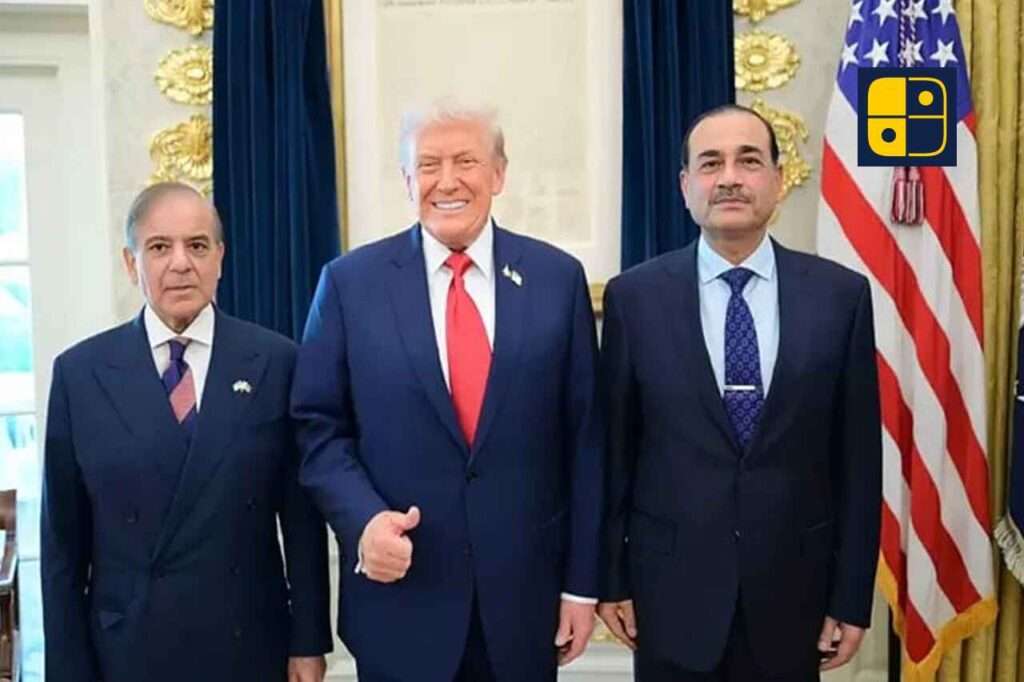The U.S. President Donald Trump’s decision to wear a fighter-jet badge during his meeting with Pakistan’s Prime Minister Shehbaz Sharif and Army Chief General Munir has set off a storm of speculation. The emblem previously worn at a meeting with Türkiye’s President Erdoğan appears to be more than a sartorial choice.
The backdrop is important. During India’s “Operation Sindoor” which reportedly involved Rafales, Sukhois, MiG-21s and other aircraft Pakistan fielded U.S.-supplied F-16s and others. Several of those jets were claimed destroyed or forced back by Indian fighters. This history of U.S. hardware being used, and in some cases humiliated, in South Asian skies now collides with Trump’s imagery.
Analysts are divided, is the badge a covert signal of solidarity with Pakistan’s security establishment, a veiled apology for past F-16 losses, or a marketing pitch for next-generation F-35s to reclaim prestige and markets? Others see it as part of Washington’s “arms diplomacy,” using symbolism to open new sales channels in volatile regions.
For India, the gesture raises uncomfortable questions about U.S. intentions. Is Washington merely advertising its aircraft, or repositioning itself as Pakistan’s backer in a new strategic marketplace? Either way, the optics suggest more than a casual accessory they hint at calculated messaging with potential regional consequences.

